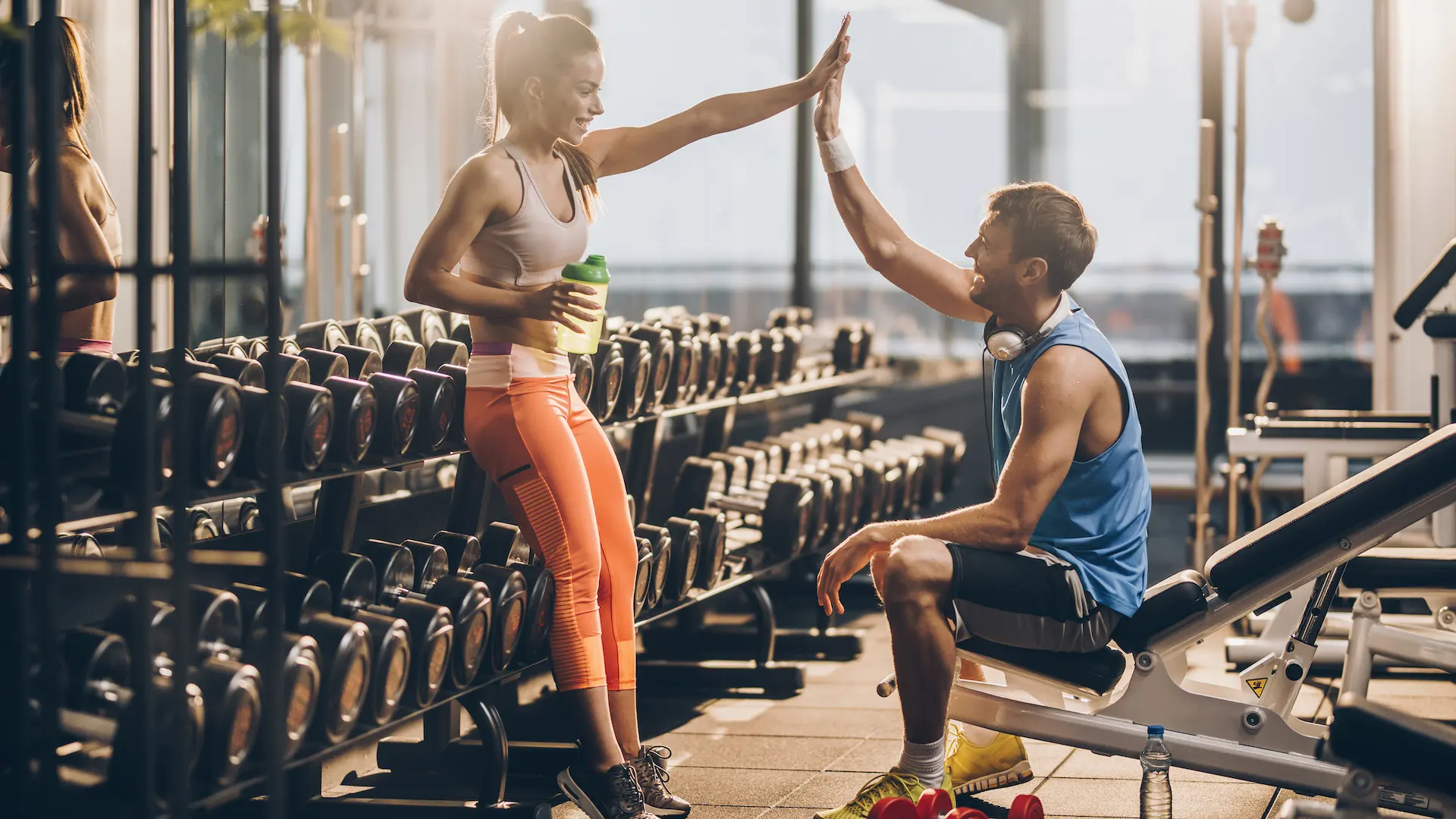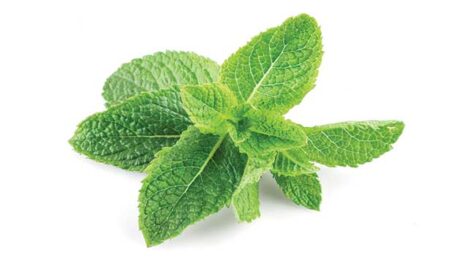What you need to do after you exercise
September 23, 2018

Feel guilty about missing your gym class? Couldn’t summon up the energy for a fun run? We’re repeatedly told that exercise makes us stronger, happier, and healthier, and we’ve bought into the trend for high-intensity workouts. Science has shown how pushing ourselves that little bit harder ramps up the benefits of exercise.
But there’s a fine line between doing too much and too little. One workout too many can change the path of your physical progression. Sometimes the best thing you can do to enhance your fitness is to do almost nothing at all.
In response to our all-out efforts at exercise in recent years, there’s now an increasing focus on recovery from exercise. At gyms you’ll find a slew of low-impact classes that promote mental relaxation and release for our weary, overworked muscles. Recuperation has been highlighted as a trend in the fitness industry. The message is that it’s counterproductive to plow mindlessly through workouts without pausing to allow our bodies to heal and restore.
Paul Hobrough, a physiotherapist and sports scientist in Northumberland, England, says that recovery should be the most important part of your weekly exercise routine. “Your body needs time to adapt to the effort you have made,” he says. “Only with that time can it effectively adapt and increase your fitness levels. Without it your body will begin to fatigue and eventually break down.”
how to recover
The process of recovery from exercise has become something of a science that includes everything from pomegranate and cherry juice shots to ice baths and foam rollers touted as being essential to accelerating muscle repair. Putting your feet up, it seems, is not an option.
Yet recovery from exercise remains a minefield for many. To create a better idea of what works best, a series of studies was commissioned by the American Council on Exercise (ACE) and carried out at Western State Colorado University. The purpose was to look at the effects of different recovery approaches for various activities, and the results were published in ACE’s journal Certified in March 2018.
Lance Dalleck, the assistant professor of sport and exercise science who led the trials, wanted to find out whether there were optimal techniques for speeding up the recovery processes between intense bouts of activity.
“In my experience,” Dalleck says, “the majority of people have the mindset that recovery will take care of itself. However, when recovery is given its due diligence, training and performance outcomes are enhanced.” In other words, you can bounce back to work harder next time. Over time, a failure to factor in recovery leads to a downward spiral of fatigue and an increased vulnerability to injury.
To test recovery from endurance exercises such as moderate running, rowing, and swimming, Dalleck asked 15 volunteers to run on a treadmill at a reasonably hard pace—one that caused them to breathe quite heavily—for as long as they could. They then recovered for an hour before repeating the exercise. Between the activity bouts the subjects practiced an “active” recovery—15 minutes of slow jogging—followed by 45 minutes during which they simply rested.
In a second trial Dalleck and his team compared passive and active recovery methods by asking the same participants to perform bursts of high-intensity cycling on a stationary bicycle set at a high resistance. This would replicate other power-based workouts, including some resistance-training sessions, and sports such as tennis, football, and squash that were played at a fast rate. For this exercise the active recovery was a period of total rest.
The results were significant. They showed that doing something to aid recovery was better than taking it easy. When participants jogged to recover from their endurance trial, their subsequent performance dropped by only 4.1 percent compared with 11.8 percent when they just sat down. After the high-intensity, power-based session, performance decreased by only 0.8 percent when they pedaled gently to recover, but by 5.7 percent if they engaged in passive recovery. In a separate study the benefits were found to be negligible if the recovery pace was too fast. The idea, Dalleck says, is to gently bring your body back to a resting state.
What else has science uncovered that might reduce unwelcome post-workout muscle fatigue? You will almost certainly need longer recovery times as you get older. “Our cardiorespiratory fitness levels naturally decline in later years, which equates to a longer recovery process,” Dalleck says. “Added to this are the decreased total antioxidant capacity of the body, lower levels of anabolic hormones and increased levels of oxidative stress linked with ageing, which will also delay recovery.”
Simple nutrition helps at all ages. Consuming some carbohydrate as soon as possible after a hard workout can help to restock supplies of muscle glycogen—but don’t overdo it. “It’s very easy to eat too much and you don’t really need a recovery meal after a gentle gym class,” Hobrough says.
“recovery” tricks that won’t work
Forget the protein balls; they can generally wait. Last year a panel of scientists assembled by the American College of Sports Medicine published the latest position statement on sports nutrition. It suggested that while eating protein an hour or two after intense workouts may help to reboot glycogen stores more quickly, there’s no proof that it has a direct impact on recovery. Shots of cherry or pomegranate juice, rich in antioxidants, that are touted to prevent post-workout aches and pains, are probably also a waste of time and money. A review published last December by experts at Sheffield Hallam University showed only a tiny advantage in taking antioxidant supplements, and none of them resulted in a meaningful reduction in muscle soreness after exercise. In many cases a placebo was just as effective.
What about other recovery aids that claim to speed up the recovery process? Hobrough says that many are no more than “a fantastic marketing ploy,” and Dalleck says that “there’s little scientific evidence to support many of the newer gadgets.”
You’ll probably be thankful to hear that hopping into an ice bath is probably unnecessary unless you’ve just completed an extreme challenge such as a marathon or triathlon. Even then the jury is still out. A few studies have shown that submerging yourself in icy water reduces perceptions of soreness and speeds up the recovery of muscle function, but in 2016 Australian researchers concluded that it does nothing to fight post-workout inflammation.
In 2017 Swedish scientists at the Karolinska Institute found that a more inviting hot bath probably offers more benefits. Arthur Cheng, one of the researchers reporting in the Journal of Physiology, said that “warming muscles probably aids in recovery by augmenting the muscles’ uptake of carbohydrates.”
Compression socks and deep tissue massage may help some people, but again, the scientific proof is variable. “There may be a psychological advantage with some of them, which is part of the battle,” Hobrough says, “but don’t expect miracles.”
The golden rules, he says, are to practice active recovery in the form of a cooldown and to stretch overworked muscles when you finish. “I’d struggle to find suitable evidence for anything beyond that. Ultimately, with most of these things, it comes down to what works for you. If you find something that works, use it.”
Peta Bee is a UK-based journalist. This article was first published in The Times, courtesy The Interview People.








